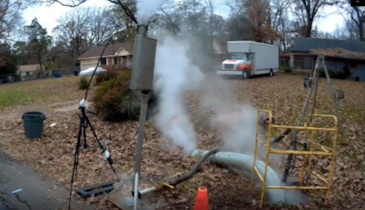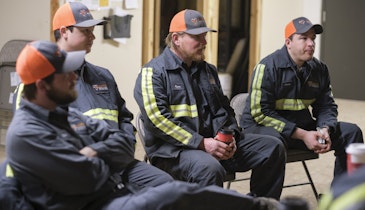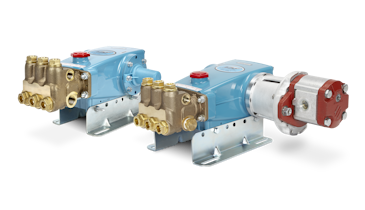Interested in Drilling?
Get Drilling articles, news and videos right in your inbox! Sign up now.
Drilling + Get AlertsThe underground construction industry is continuously growing, especially as the trend toward residential fiber connectivity surges. And when thinking of the typical equipment needed for these underground installations, many different types of equipment are used for residential fiber. But, vacuum excavators also play an important role.
The versatile vacuum excavator has become a familiar sight on underground utility projects. These portable machines are used for dual purposes on HDD job sites:
- Damage prevention — Cross bores are one of the biggest industry challenges. Vacuum excavators are used for potholing to help expose and visibly confirm the exact location of buried utilities and verify no damage to existing utility lines occurred, or in some cases watch the drilling head pass the existing utility.
- Drilling fluid removal — Many areas have tightening restrictions regarding drilling fluids, and vacs can easily clean up sites and help operators contain and properly dispose of drilling fluids. The vacuum capability on the machine is used to remove excess drilling fluid that escapes from boreholes.
Additionally, vacuum excavators come in a variety of shapes and sizes to fit the needs of virtually any HDD job site.
- Truck-mounted vacs — These machines can have a compact footprint, best suited for tight job sites often found in urban areas. Some units are designed with capacity to tow and haul other equipment to a job site, helping to reduce costs and space by requiring fewer vehicles on site.
- Trailer-mounted vacs — These machines are typically a lower investment for contractors, as they can be decoupled from another vehicle freeing up the asset for other uses. This also allows the machine to be more easily moved out of traffic on congested sites.
Beyond size, contractors and operators must also consider hydro- versus air-excavation techniques when selecting the best vac for a specific job.
- Hydroexcavation — This technique uses pressurized water which is a more widely accepted form of excavation and can be used in a wide range of soil conditions. Heated water enhances productivity in tight, clay-type solid and can dig in frozen ground conditions.
- Air-excavation — This technique allows operators to excavate with compressed air and vacuum dry spoils which can be reused as backfill without the need for disposal. Contractors can save time and money without extra dumping fees, and reduce downtime associated with driving to disposal sites.
The Ditch Witch organization designs vacuum excavators to meet the needs of any job — from truck-mounted excavators for urban utility job sites, to trailer-mounted excavators for elongated projects, and with air- and hydroexcavation capabilities. For more information, visit http://www.ditchwitch.com/vacuum-excavators.






